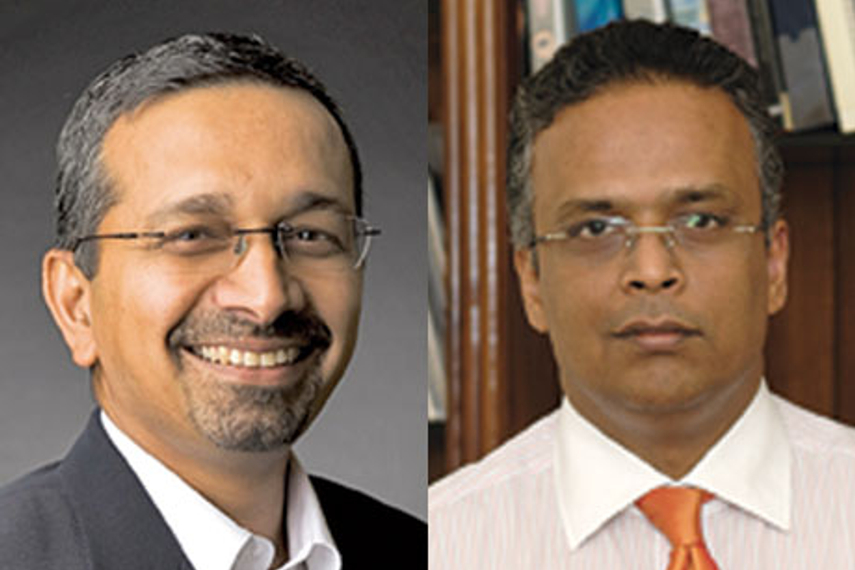
Please sign in or register
Existing users sign in here
Having trouble signing in?
Contact Customer Support at
[email protected]
or call+91 22 69489600
Post the Olympic Games and the stars it created, Manmohan Taparia speaks to industry veterans for their inputs on where brands should put their money

Contact Customer Support at
[email protected]
or call+91 22 69489600
Top news, insights and analysis every weekday
Sign up for Campaign Bulletins
In its final year, FCB earned a third consecutive Agency Network of the Year honor, with FCB New York named Global Agency of the Year.
Wavemaker to drive integrated media and commerce excellence for Reckitt’s portfolio
With AI-driven discovery pulling from everywhere, a fragile shared reality and constant brand scrutiny, PR needs to become structural, rather than episodic.
If you’re still debating about whether AI marketing belongs at the centre of your strategy, you’re already behind the curve.